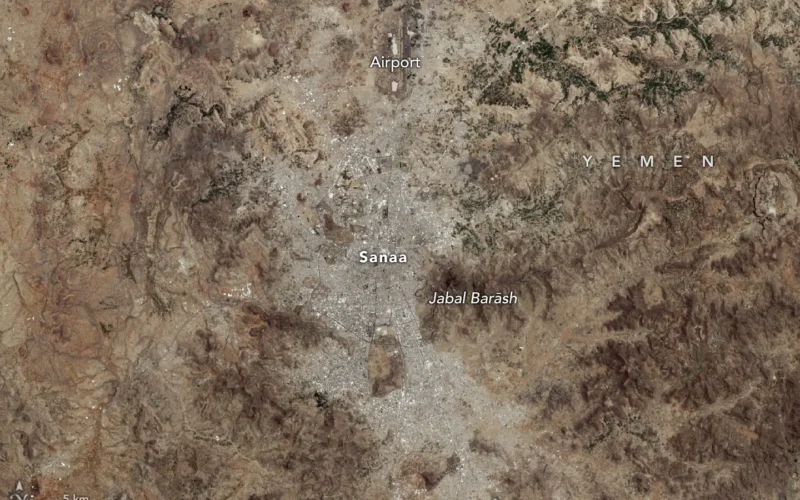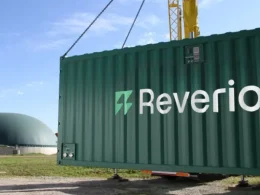A new study published in Nature Communications highlights stark differences in green space and cooling capacity between cities in the Global South and Global North, highlighting significant gaps in climate resilience. Using NASA satellite data, researchers found that cities in the Global South have only 70% of the cooling capacity provided by greenery compared to cities in the Global North, compounding heat-related challenges in these regions.
The study analysed 500 of the world’s largest cities, using data from NASA’s Landsat 8 satellite to measure land surface temperatures during the hottest months from 2017 to 2019. Researchers employed the Normalised Difference Vegetation Index (NDVI) to assess vegetation density and its cooling effects. The results showed that cities in the Global South achieve an average cooling effect of 4.5°F (2.5°C), compared to 6.5°F (3.6°C) in Global North cities.
“It’s already clear that Global South countries will be impacted by heat waves, rising temperatures, and climatic extremes more than their Global North counterparts,” said Chi Xu, a professor of ecology at Nanjing University and a co-author of the study. The disparities are attributed to limited green space in Global South cities, reflecting broader economic inequalities. “Wealthier cities also have more urban green spaces than the poorest cities,” Xu added.
The urban heat island effect, where heat-absorbing surfaces such as sidewalks and buildings amplify temperatures, exacerbates the problem. Green spaces, while not a cure-all, provide vital cooling through shade and moisture release, reducing the risks of dehydration, heat stroke, and even death.
“Cities can strategically prioritise developing new green spaces in areas that have less green space,” said Christian Braneon, a climate scientist at NASA’s Goddard Institute for Space Studies, who was not involved in the study. Beyond planting trees, Braneon emphasised the need for additional measures, such as green roofs, reflective pavements, and the incorporation of water bodies to enhance cooling capacity.
The study ranked Mogadishu, Somalia, as the city with the lowest cooling capacity, while Charlotte, North Carolina, achieved the highest. Researchers suggested that cities could improve their cooling capacity by as much as 18°F (10°C) through targeted enhancements in green space quantity and quality.
“For newly urbanised areas that aren’t completely built out, there’s a lot of room to still change the design,” Braneon added. This presents an opportunity for rapidly growing cities to integrate climate-resilient designs early in their development.
The findings provide urban planners with a valuable framework for implementing region-specific solutions to combat rising global temperatures. Enhancing green infrastructure and adopting innovative cooling strategies will be pivotal for building sustainable, livable urban environments in a warming world.





















